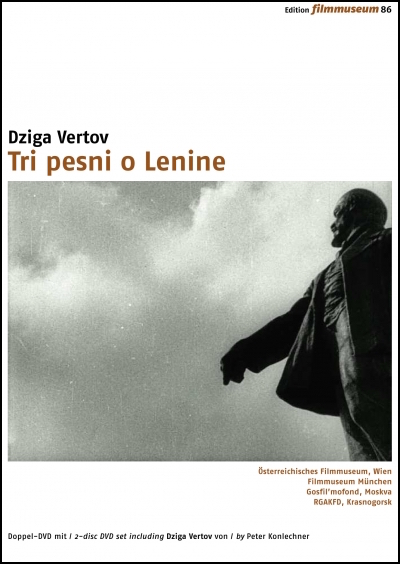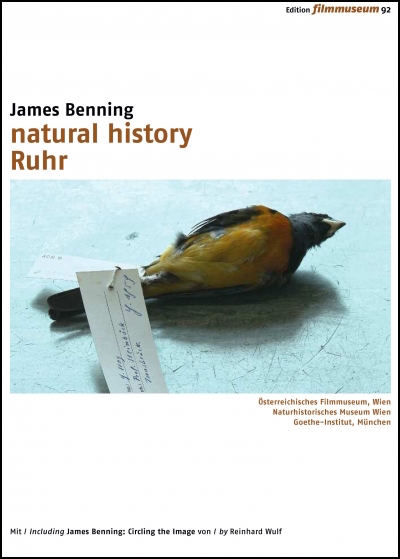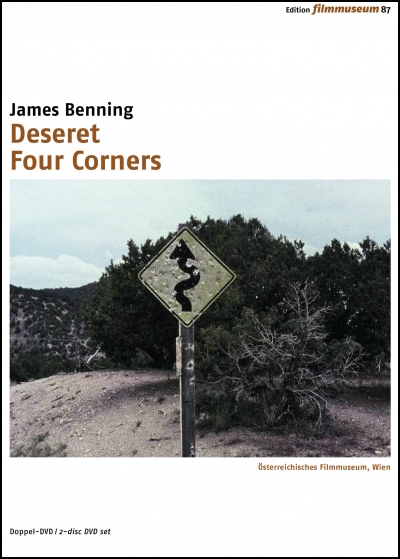GME Announces New Releases of Classic Soviet Films, Now Available on DVD for Institutional Sales
/Gartenberg Media Enterprises (GME) is pleased to announce the release of classic Soviet silent films by Sergei Eisenstein (BATTLESHIP POTEMKIN / OCTOBER), Michail Kalatozov (SALT OF SVANETIA / NAIL IN THE BOOT), and Dziga Vertov (THREE SONGS OF LENIN), now available for institutional sales in North America.
Parallel to the foundation of the Albatros Studios in France by Russian émigré filmmakers (see FRENCH MASTERWORKS: RUSSIAN ÉMIGRÉS IN PARIS (1923-1929)), the 1920s saw the apotheosis of Soviet filmmaking in the USSR. GME currently features several new DVD publications under the label Edition Filmmuseum; they are produced by the film archive in Vienna, which is noted for its significant holdings of Soviet-era films. This archive has achieved renown for its meticulous research and presentation of DVD editions of Soviet filmmakers’ works; these presentations often feature comparisons of different versions of the same film. Our current releases comprise works by 3 of the great Soviet filmmakers of the era: Sergei Eisenstein (BATTLESHIP POTEMKIN / OCTOBER) Dziga Vertov (THREE SONGS OF LENIN), and Michail Kalatozov (SALT OF SVANETIA / NAIL IN THE BOOT).
◊
MICHAIL KALATOZOV: SALT OF SVANETIA / NAIL IN THE BOOT
Kalatozov is perhaps better known for his Soviet films of the 1950’s and 1960’s – THE CRANES ARE FLYING (1959), LETTER NEVER SENT (1959), and I AM CUBA (1964). In contrast, this DVD edition presents two of his early, pioneering silent films – SALT OF SVANETIA an austere depiction of peasant life in the inhospitable terrain of the Caucusas mountains and NAIL IN THE BOOT, a biting parable of negligence in wartime. This publication won the coveted 2014 Il Cinema Ritrovato award for Best DVD.
◊
DZIGA VERTOV: THREE SONGS OF LENIN
Vertov’s THREE SONGS OF LENIN, his “film poem” to the founder of the Soviet Union, is, alongside MAN WITH A MOVIE CAMERA, the most universally acclaimed and enduringly popular of all Dziga Vertov’s films. (GME has previously released a pair of Dziga Vertov’s silent film productions, A SIXTH PART OF THE WORLD / THE ELEVENTH YEAR, as well as his early sound experimental masterwork, ENTUZIAZM). This current DVD edition includes both the silent and sound versions of THREE SONGS OF LENIN, and the DVD extras include 2 editions of Vertov’s Kinopravda newsreel series, together with a documentary about Vertov by Austrian Film Museum co-founder Peter Konlechner.
◊
SERGEI EISENSTEIN: BATTLESHIP POTEMKIN / OCTOBER
Eisenstein’s masterpiece POTEMKIN is presented in painstakingly restored German-language versions (both silent and sound), while the accompanying DVD edition of OCTOBER highlights the original release version of the film, together with fragments from the version distributed in German. They all feature the accompanying scores by Austrian-born composer Edmund Meisel, and the extensive CD Rom extra highlights the creative partnership between the filmmaker and this composer.
◊
Additional Soviet Films of Related Interest from GME
Dziga Vertov
◊
USSR, 1930
A SIXTH PART OF THE WORLD / THE ELEVENTH YEAR
Dziga Vertov
◊
USSR, 1926 / 1928
Lev Kulešov
◊
USSR, 1926
Fedor Ozep
◊
USSR, 1927
FRENCH MASTERWORKS: RUSSIAN ÉMIGRÉS IN PARIS (1923-1929)
Ivan Mosjoukine, Alexandre Volkoff, Marcel L'Herbier, Jacques Feyder
◊
France, 1923–1929
LANDMARKS OF EARLY SOVIET FILM
Various Directors
◊
USSR, 1924–1930

















